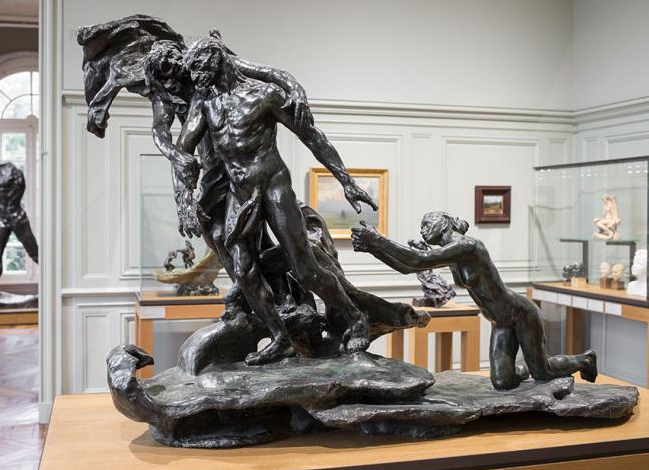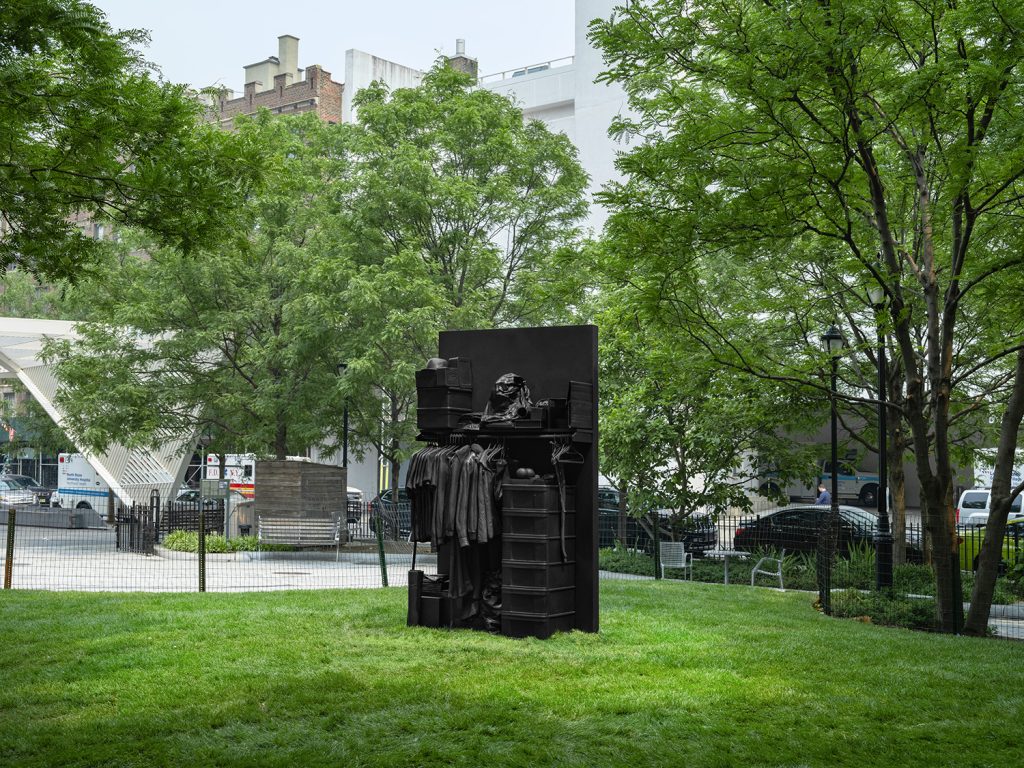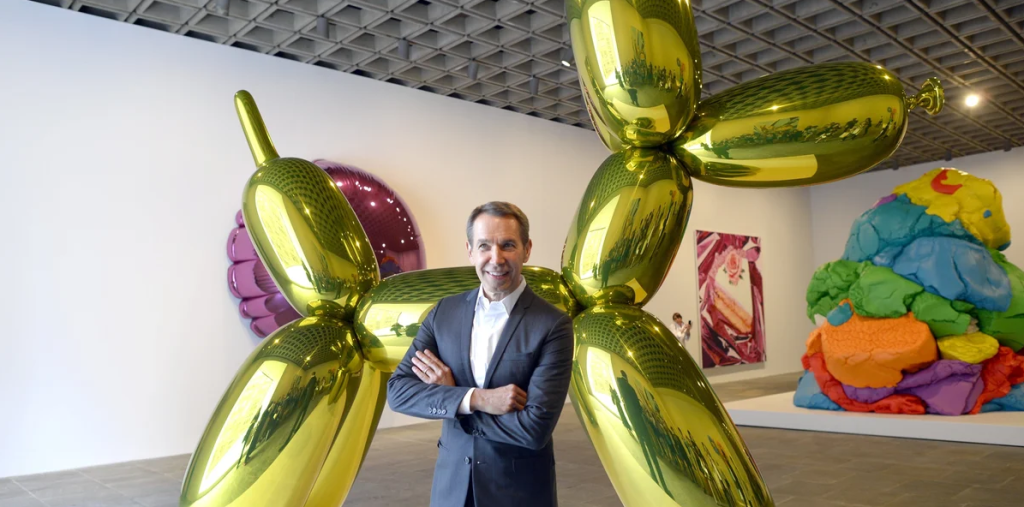The Sculptural Love Affair: Exploring the Dynamic Partnership of Auguste Rodin and Camille Claudel
The relationship between Auguste Rodin and Camille Claudel goes beyond mere artistry; it is a captivating tale of passion, creativity, and tumultuous collaboration. Their partnership not only shaped their personal lives but also left an indelible mark on the world of sculpture. Understanding their dynamic helps us appreciate the complexities of artistic relationships and the profound impact they can have on creative endeavors.
A Meeting of Artistic Minds
Rodin first encountered Claudel when she joined his workshop as a student in 1883. He was already an established artist, celebrated for his emotive and expressive sculptures, while Claudel brought her fresh perspectives and innovative ideas. This mentorship blossomed into a romantic relationship, characterized by intense passion and creativity. While Claudel gained valuable insights under Rodin’s tutelage, she also began to develop her distinct style. Their collaboration produced remarkable works, with Claudel’s influence evident in pieces like “The Kiss,” where their emotional connection is palpable in the intricate details.
Turbulence and Transformation
As their relationship deepened, it became increasingly fraught with tension. Claudel’s ambition and desire for independence clashed with Rodin’s dominant position in the art world. This friction fueled her creativity but also brought heartache. Claudel began to feel overshadowed by Rodin’s fame and struggled for recognition in her own right. Despite these challenges, she produced captivating works such as “The Waltz” and “The Eternal Spring,” which showcased her extraordinary talent and unique voice. Unfortunately, her mental health deteriorated over time, leading to a tragic decline that would overshadow her artistic legacy.
Legacy and Recognition
Despite their tumultuous relationship, the impact of both artists on the world of sculpture is undeniable. Rodin’s ability to capture raw human emotion set a new standard, while Claudel’s innovative techniques and fresh perspectives paved the way for future generations of sculptors. Today, many art historians and enthusiasts recognize Claudel’s contributions, working to ensure her artistic genius receives the acknowledgment it deserves. Exhibitions and restorations of her works are helping to reclaim her narrative, highlighting the importance of female artists in a historically male-dominated field.
As we explore the intricate lives of Auguste Rodin and Camille Claudel, we gain insight into the struggles and triumphs that often accompany the pursuit of artistic greatness. Their story reminds us that creativity can flourish amidst adversity, inspiring us to appreciate the complexity of human connections in the world of art.
In conclusion, the saga of Rodin and Claudel is not just a tale of love and loss but a celebration of artistic collaboration. To dive deeper into their lives and works, I encourage you to explore museums, literature, and documentaries that honor their legacy. This journey offers more than just an understanding of sculpture; it reveals the beautiful complexities of human relationships and creativity.


